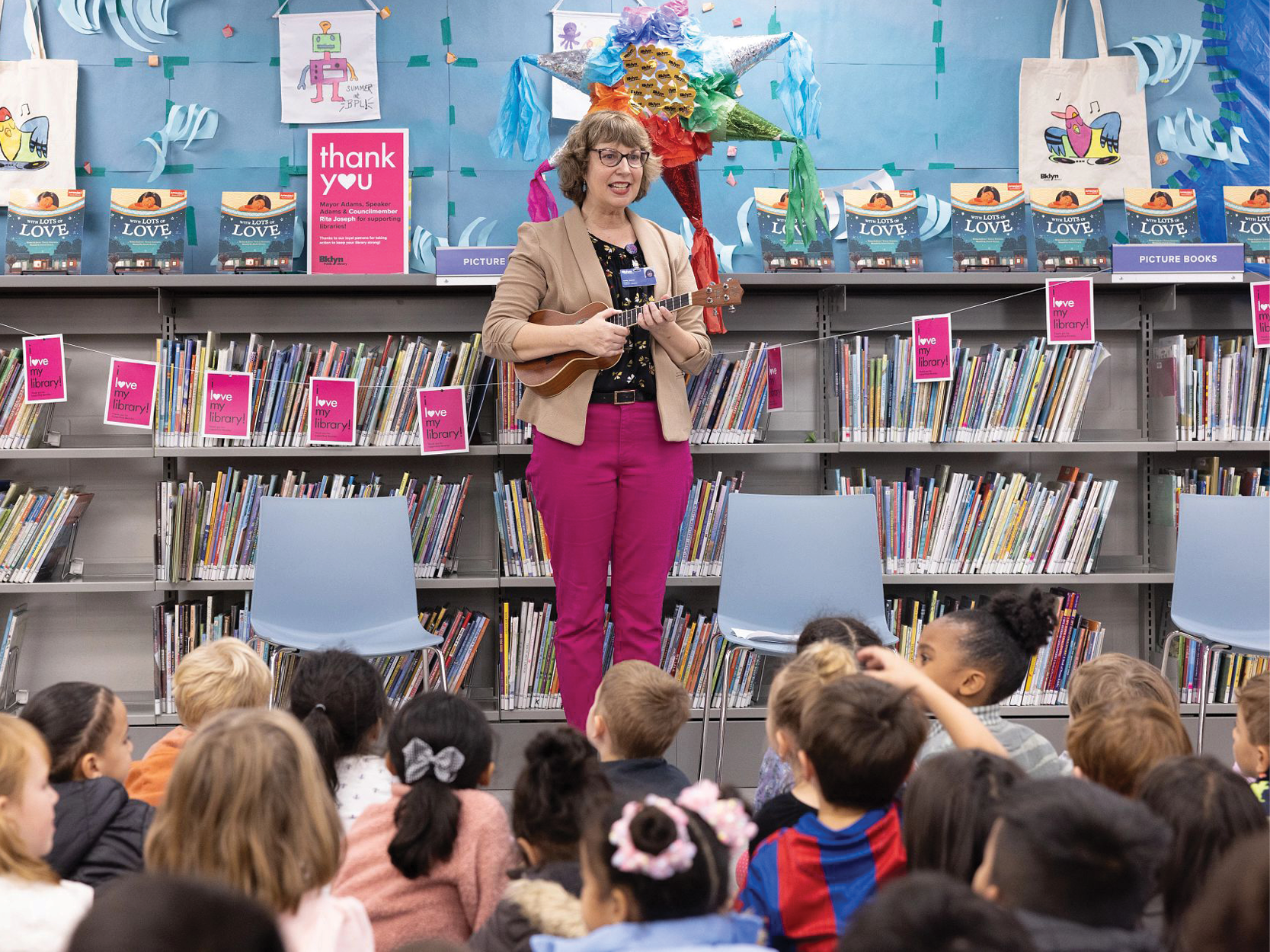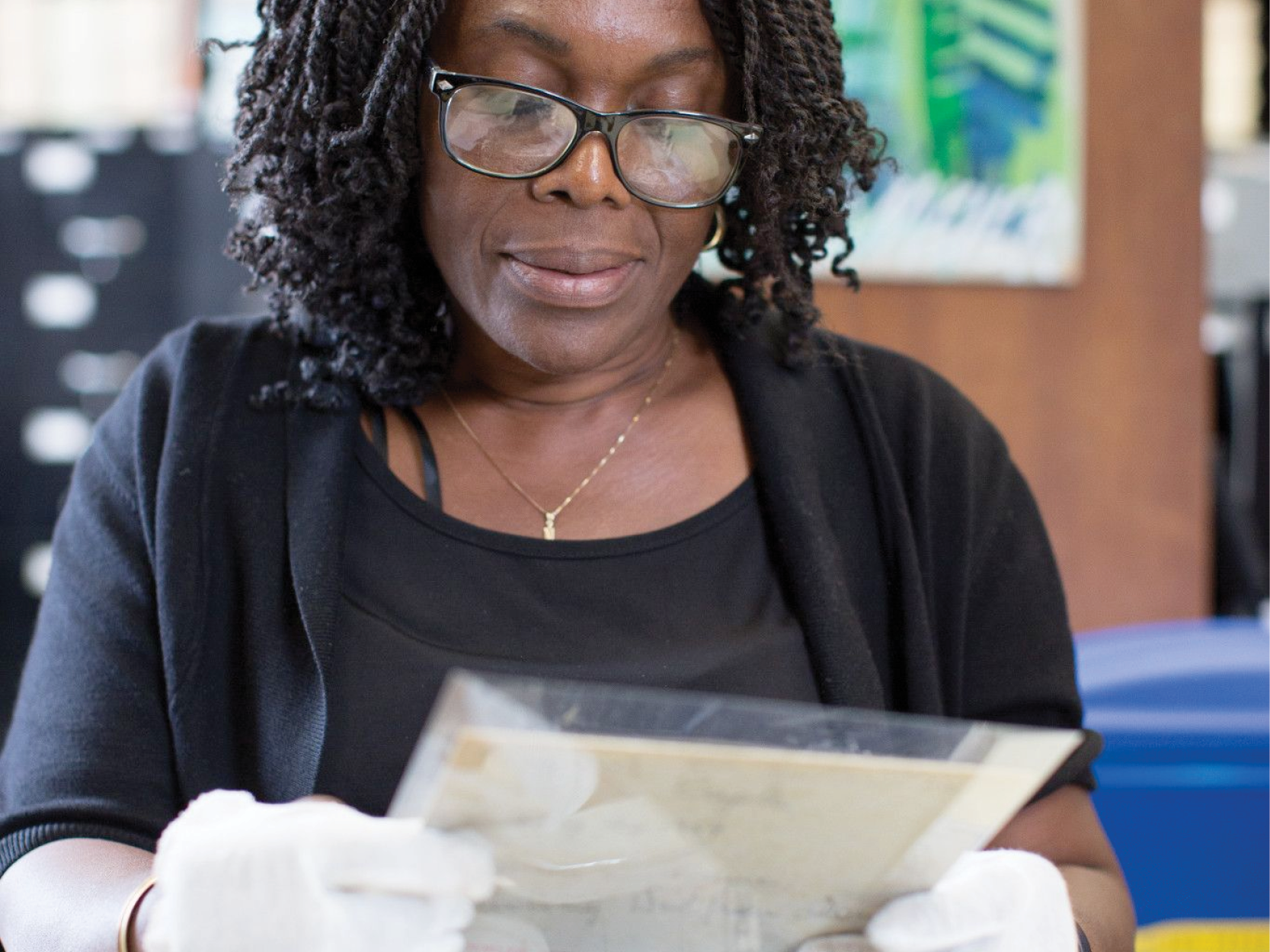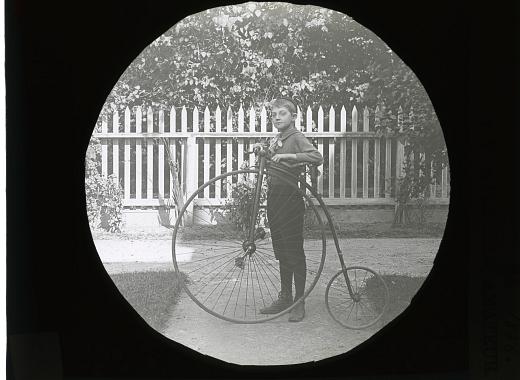Penny-farthing
The Life Saving Station of Manhattan Beach
Thomas, Web Applications, Web Applications
Generations of New Years
Thomas, Web Applications, Web Applications
When Coal Was King
Thomas, Web Applications, Web Applications
A Few of Our Favorite Things: Holiday Photos from the Collections
This year has proven to be a year like no other, full of ups and downs, and a longing from most for better and brighter days. Despite the challenges, we at the Center for Brooklyn History are grateful for what we've been able to achieve this year. A historic partnership between two long standing, and significant institutions, and with it, the opportunity to serve our community and our borough, by expanding access to a singular collection in a single space, free and open to all. For this edition of Photo of the Week, we'd like to share our personal picks from our combined collections, that…
Before the Roller Disco
Thomas, Web Applications, Web Applications
The 1960 Plane Crash That Rocked Park Slope
Thomas, Web Applications, Web Applications
Vanderveer Park: When Flatbush Was a Suburb
Thomas, Web Applications, Web Applications
The Curious Origins of Thanksgiving
Thomas, Web Applications, Web Applications
Take Two Shots and Call Me in the Morning: The Business of Selling Beer and Liquor
A Brooklyn Block's Hidden History
Thomas, Web Applications, Web Applications
This Business of Voting…
Thomas, Web Applications, Web Applications
Is It Un-American for Mothers to Work?
Thomas, Web Applications, Web Applications
Designing the Library of the Future
Thomas, Web Applications, Web Applications
Celebrating the Next Million Possibilities!
Thomas, Web Applications, Web Applications
Home Sweet Brooklyn
Thomas, Web Applications, Web Applications
Fall(ing) into an Odd Brooklyn Autumn
Thomas, Web Applications, Web Applications
The Migration of Mexican Cuisine
Thomas, Web Applications, Web Applications
Sorting Mail at the Post Office
Thomas, Web Applications, Web Applications
Mapping New York City's Waterways
Thomas, Web Applications, Web Applications
Pagination
- Page 1
- Next page








